Dictionary DICTIONARY
Alligator
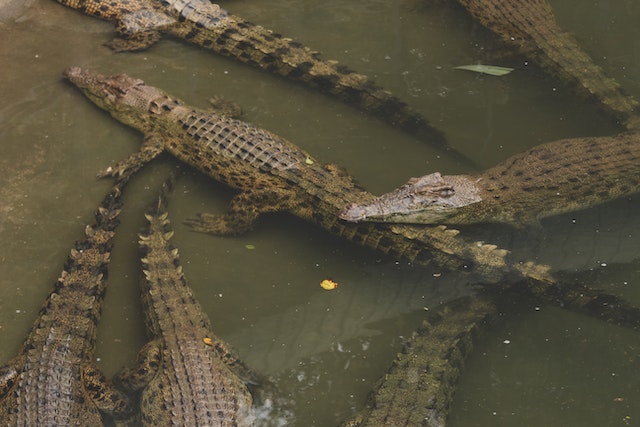
- Definition:
-
An alligator is a large reptile with short legs, a long tail, and very powerful jaws.
Un caimán es un reptil grande con patas cortas, una cola larga y una poderosa mandíbula.
- Example:
-
The alligator lives in freshwater.
El caimán vive en agua dulce.
- Spanish word:
-
Caimán
Audio:
Beetle
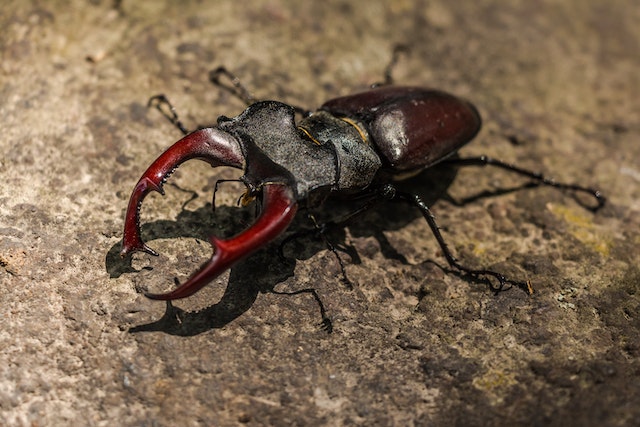
- Definition:
-
It is an insect with a hard covering that protects its body.
Un insecto con una cubierta dura que protege su cuerpo.
- Example:
-
There is a beetle on a leaf.
Hay un escarabajo en la hoja.
- Spanish word:
-
Escarabajo
Audio:
Caecilian
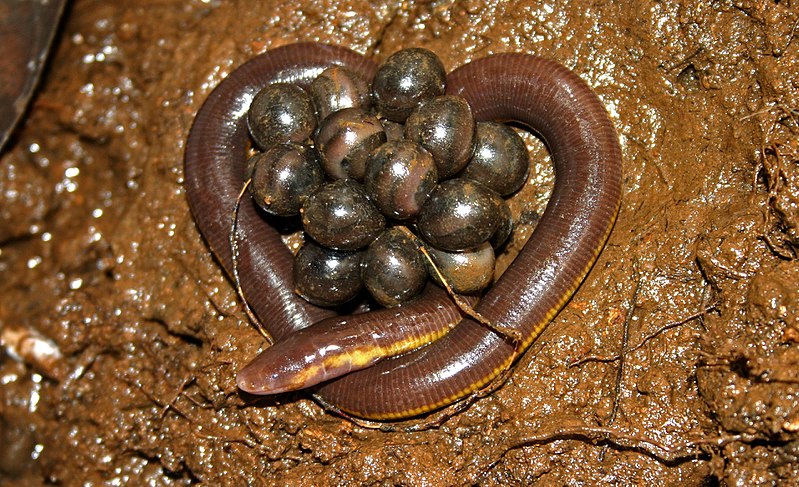
- Definition:
-
It is a legless amphibian. It lives underground and is usually almost blind.
Es un anfibio sin patas. Vive bajo tierra y suele ser casi ciego.
- Example:
-
Cecilians live underground.
Las cecilias viven bajo tierra.
- Spanish word:
-
Cecilia
Audio:
Clownfish
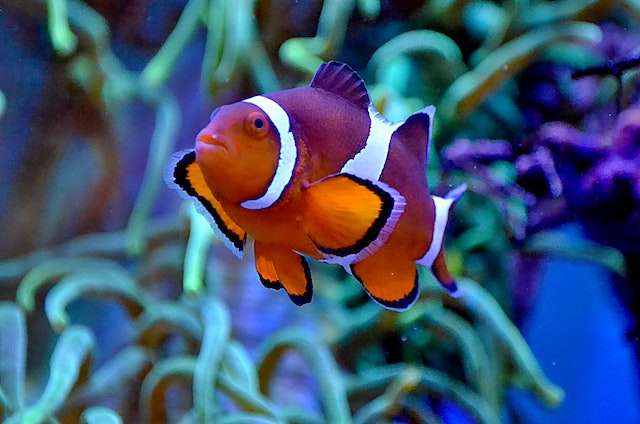
- Definition:
-
It is a small, brightly-coloured sea fish.
Es un pequeño pez marino de colores brillantes.
- Example:
-
Nemo is one of the most famous clownfish.
Nemos es uno de los peces payaso más famosos.
- Spanish word:
-
Pez Payaso
Audio:
Dolphin
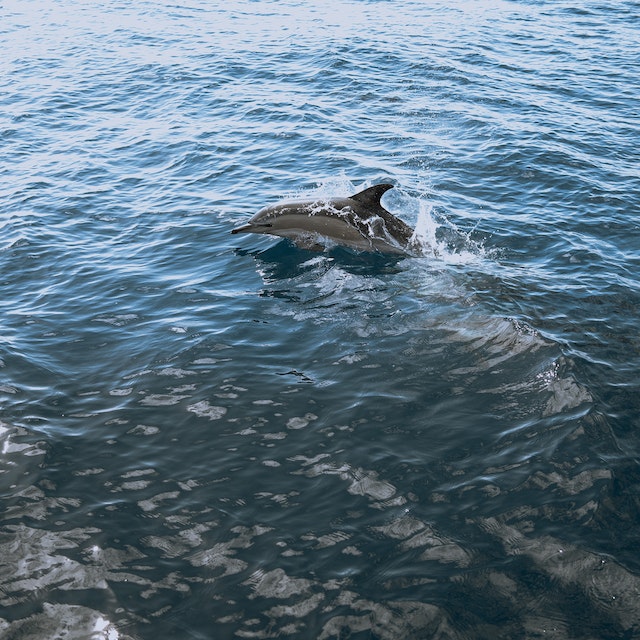
- Definition:
-
It is a mammal which lives in the sea and looks like a large fish with a pointed mouth.
Mamífero que vive en el mar y parece un gran pez con una boca puntiaguda.
- Example:
-
Dolphins are one of the smartest animals in the world.
Los delfines son unos de los animales más inteligentes del mundo.
- Spanish word:
-
Delfín
Audio:
Flea
.jpeg)
- Definition:
-
It is a very small jumping insect that feeds on the blood of humans or animals.
Pequeño insecto que salta y se alimenta de la sangre de humanos o animales.
- Example:
-
Vaccinations can help protect your pet against fleas.
Las vacunas pueden ayudar a proteger a tu perro contra las pulgas.
- Spanish word:
-
Pulga
Audio:
Lizard
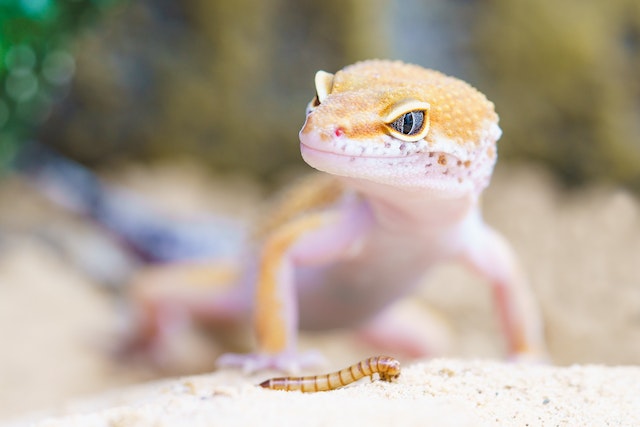
- Definition:
-
It is a reptile with a long body, long tail and four legs, as the chameleon or iguana.
Es un reptil con un cuerpo alargado, una cola larga y cuatro patas, como el camaleón o la iguana.
- Example:
-
There is a green lizard on the rock.
Hay un lagarto verde en la roca.
- Spanish word:
-
Lagarto
Audio:
Mammal

- Definition:
-
They are animals such as humans, dogs, or lions… Most female mammals give birth to babies rather than laying eggs, and all female mammals feed their young with milk.
Son animales como los humanos, perros o leones…La mayoría de las hembras de los mamíferos dan a luz bebés en lugar de poner huevos, y todas las hembras de los mamíferos alimentan a sus crías con leche.
- Example:
-
Humans are mammals.
Los humanos son mamíferos.
- Spanish word:
-
Mamífero
Audio:
Oviparous
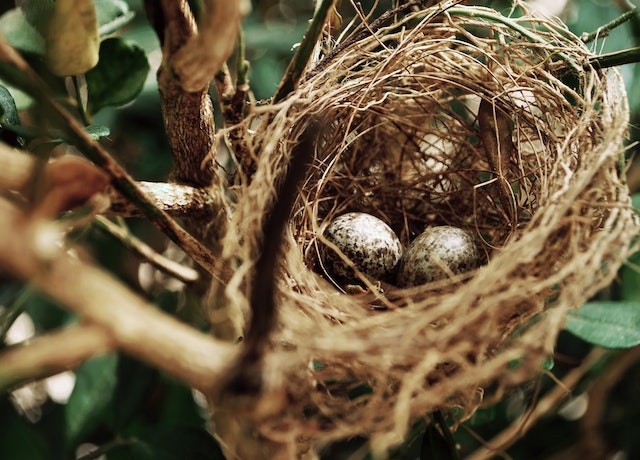
- Definition:
-
They are animals that produce eggs that hatch outside the body of the mother.
Son animales que producen huevos que eclosionan fuera del cuerpo de la madre.
- Example:
-
Reptiles and birds are oviparous animals.
Los reptiles y los pájaros son animales ovíparos.
- Spanish word:
-
Ovíparo
Audio:
Raven
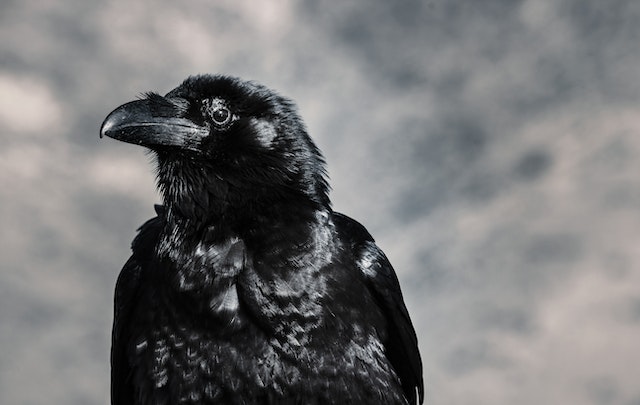
- Definition:
-
It is a very large bird that has bright black feathers and colors.
Es un pájaro muy grande que tiene plumas y colores negros brillantes.
- Example:
-
The raven call is loud.
El canto del cuervo es fuerte.
- Spanish word:
-
Cuervo
Audio:
Seal
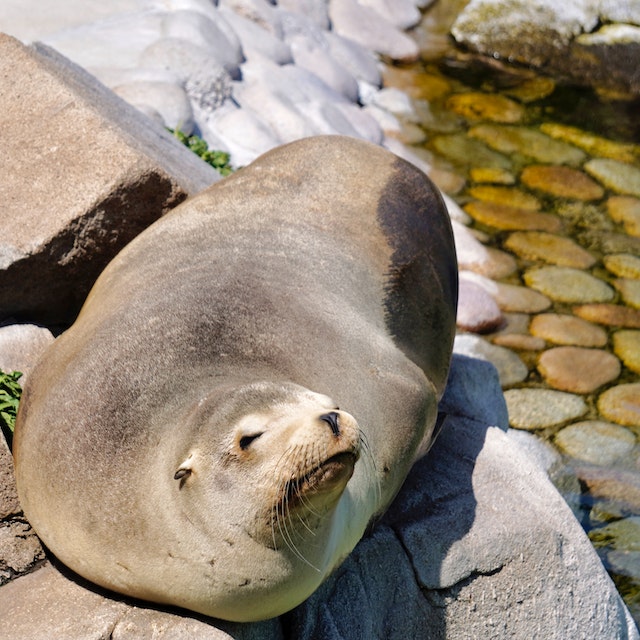
- Definition:
-
It is a large animal with a rounded body and flat legs. Seals eat fish and live in and near the sea, usually in cold parts of the world.
Es un animal grande, con un cuerpo redondo y pies planos. Las focas comen pescado y viven en el mar (o cerca), normalmente en las zonas frías del planeta.
- Example:
-
Seals can live about 25-30 years.
Las focas pueden vivir entre 25-30 años.
- Spanish word:
-
Foca
Audio:
Tick
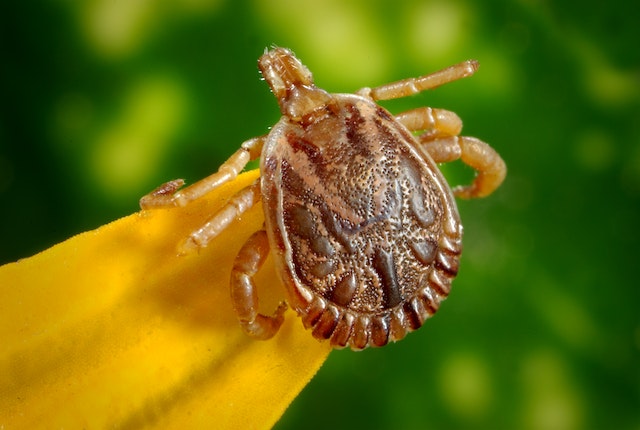
- Definition:
-
It is a small animal that is related to the spider. Ticks attach themselves to people and other animals and suck their blood. They spread diseases.
Es un pequeño animal, emparentado con las arañas. Las garrapatas se adhieren a las personas o animales y chupan la sangre. Propagan enfermedades.
- Example:
-
Ticks carry disease.
Las garrapatas portan enfermedades.
- Spanish word:
-
Garrapata
Audio:
Toad
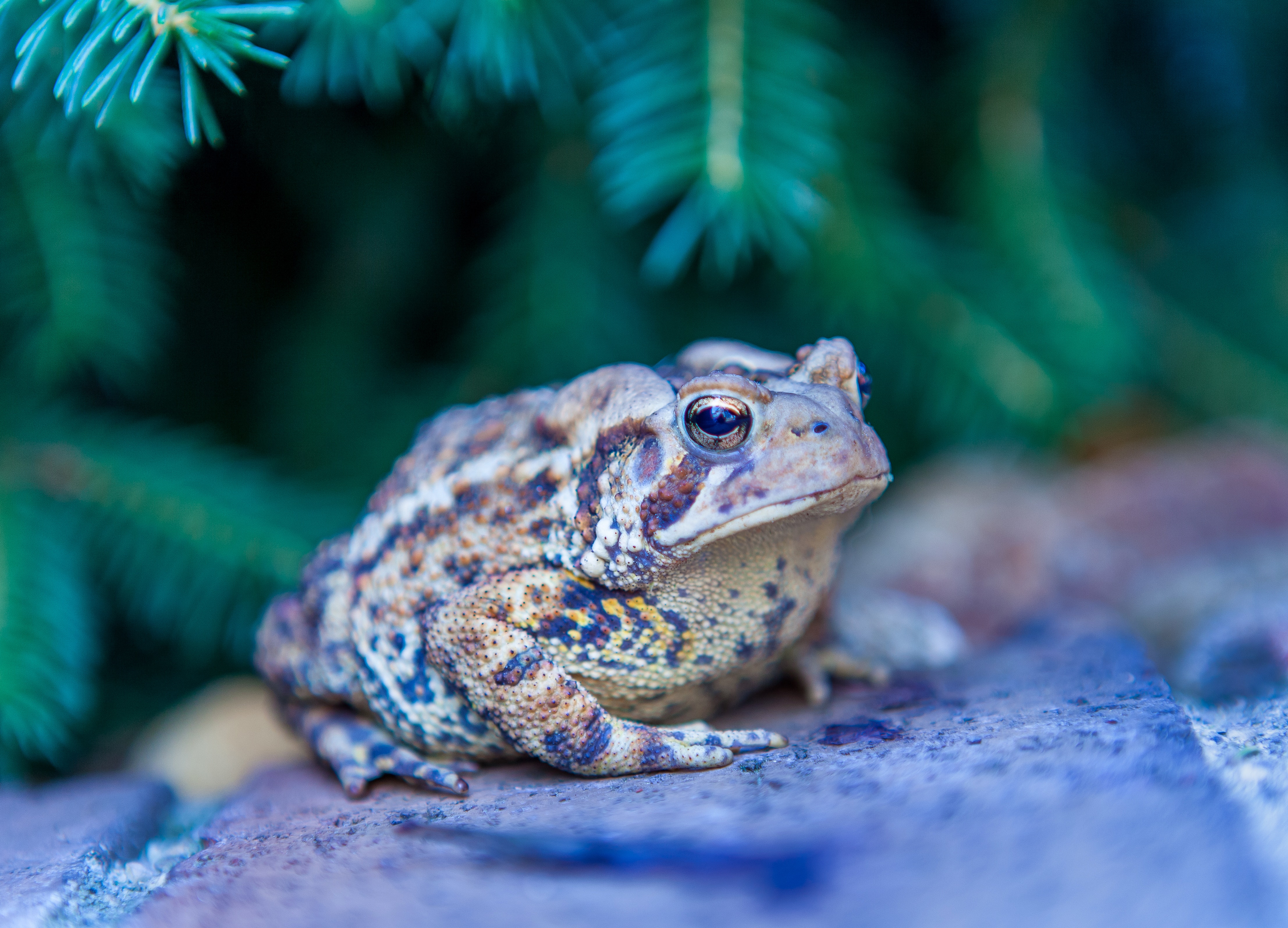
- Definition:
-
It is an animal like a frog. It lives on land but is able to breathe in water.
Es un animal como una rana. Vive en la tierra pero es capaz de respirar en el agua.
- Example:
-
Toads resemble frogs.
Los sapos se parecen a las ranas.
- Spanish word:
-
Sapo
Audio:
Trout

- Definition:
-
It is a large fish that lives in rivers and streams.
Es un pez grande que vive en ríos y arroyos.
- Example:
-
Trout are carnivores.
Las truchas son carnívoras.
- Spanish word:
-
Trucha
Audio:
Viviparous
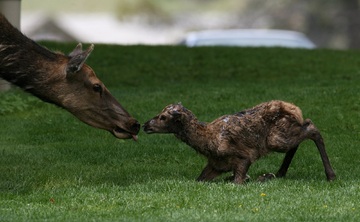
- Definition:
-
Animals that bring forth live young rather than eggs.
Animales que dan a luz crías vívas en lugar de huevos.
- Example:
-
Humans are viviparous species.
Los humanos son especies vivíparas.
- Spanish word:
-
Vivíparo
Audio:
Vulture
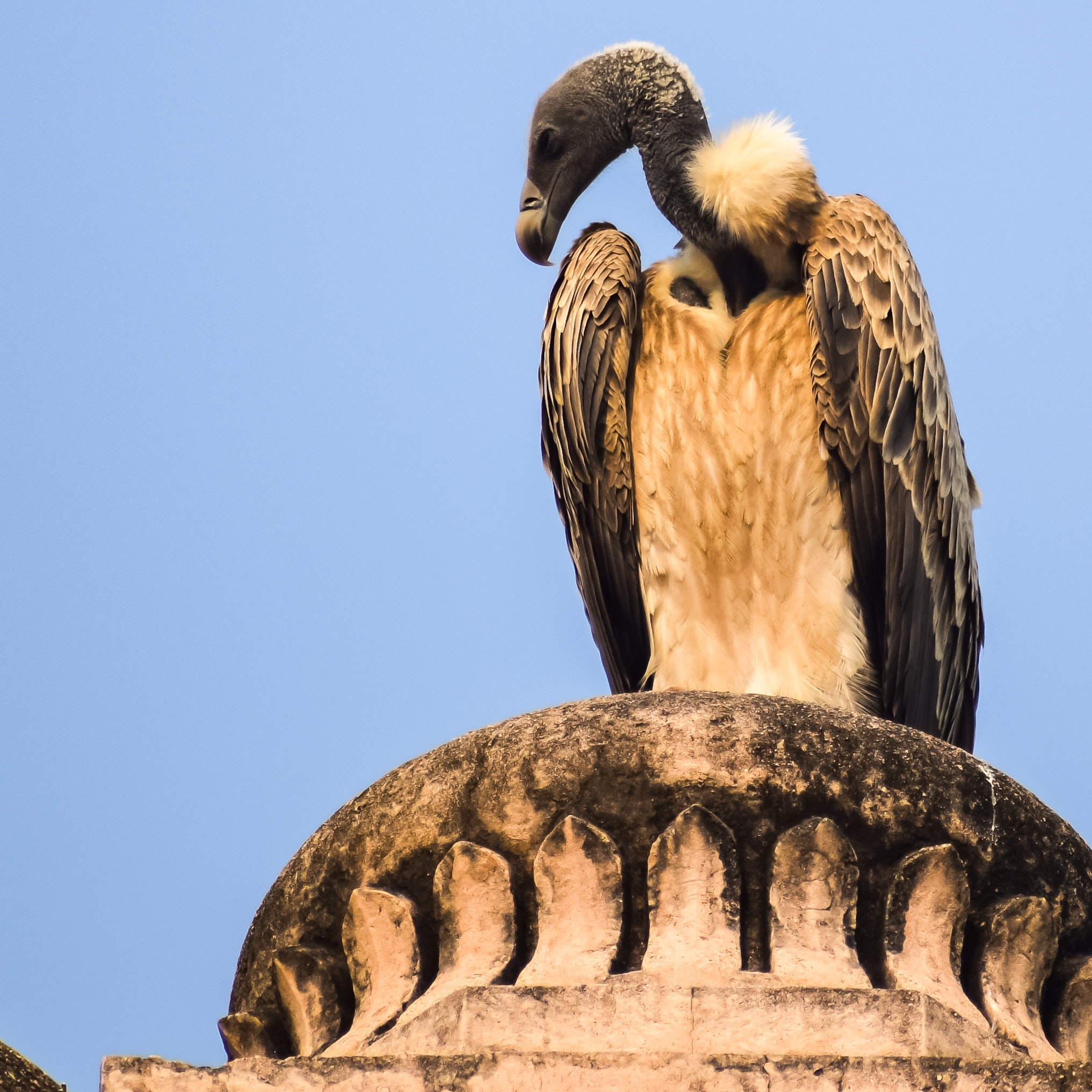
- Definition:
-
It is a large bird of prey which lives in hot countries and eats the flesh of dead animals.
Es un ave rapaz de gran tamaño que vive en países cálidos y se alimenta de la carne de los animales muertos.
- Example:
-
Vultures are carnivorous.
Los buitres son carnívoros.
- Spanish word:
-
Buitre
Audio:
 You already know some animals and their life cycles.
You already know some animals and their life cycles. You know some animals.
You know some animals. You know the life cycles of animals.
You know the life cycles of animals.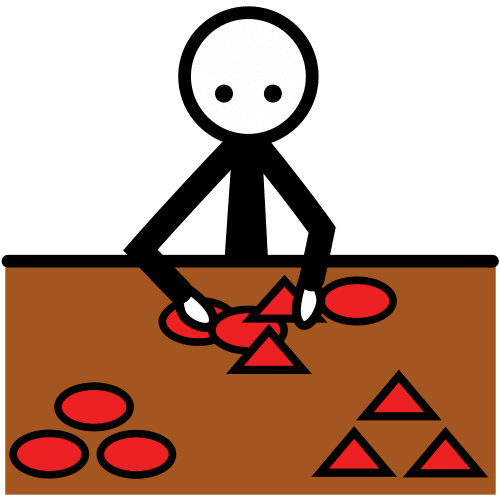 Now you are going to classify.
Now you are going to classify.
